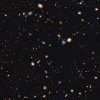Big black holes can settle in the outskirts of small galaxies0
- From Around the Web, Space
- May 28, 2019
The first surveys of massive black holes in dwarf galaxies turn up surprises
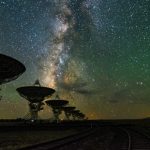
The first surveys of massive black holes in dwarf galaxies turn up surprises
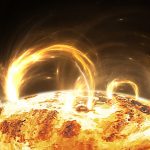
Scientists from Ireland and France have announced a major new finding about how matter behaves in the extreme conditions of the Sun’s atmosphere.

An evolutionary biologist has outlined what is likely to happen when people start living full-time on Mars.

SpaceX, the private rocket company of high-tech entrepreneur Elon Musk, launched the first batch of 60 small satellites into low-Earth orbit on Thursday for Musk’s new Starlink internet service.
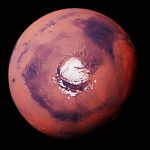
Newly discovered layers of ice buried a mile beneath Mars’ north pole are the remnants of ancient polar ice sheets and could be one of the largest water reservoirs on the planet, according to scientists at The University of Texas at Austin and the University of Arizona.
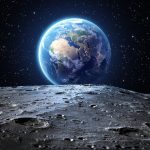
New research explains how Earth became a habitable planet
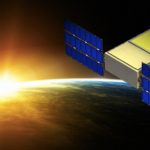
NASA hasn’t launched living creatures to deep space (on purpose) since 1972.
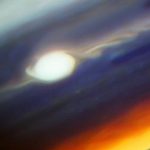
Around the world, amateur astronomers are monitoring a strange phenomenon on the verge of Jupiter’s Great Red Spot (GRS).

About a billion miles more distant than Pluto is Ultima Thule, a peanut-shaped object in the outer solar system that’s the farthest place ever visited by humans.
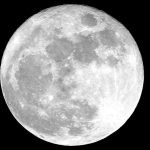
The Moon is shrinking as its interior cools, getting more than about 150 feet (50 meters) skinnier over the last several hundred million years. Just as a grape wrinkles as it shrinks down to a raisin, the Moon gets wrinkles as it shrinks. Unlike the flexible skin on a grape, the Moon’s surface crust is brittle, so it breaks as the Moon shrinks, forming “thrust faults” where one section of crust is pushed up over a neighboring part.



